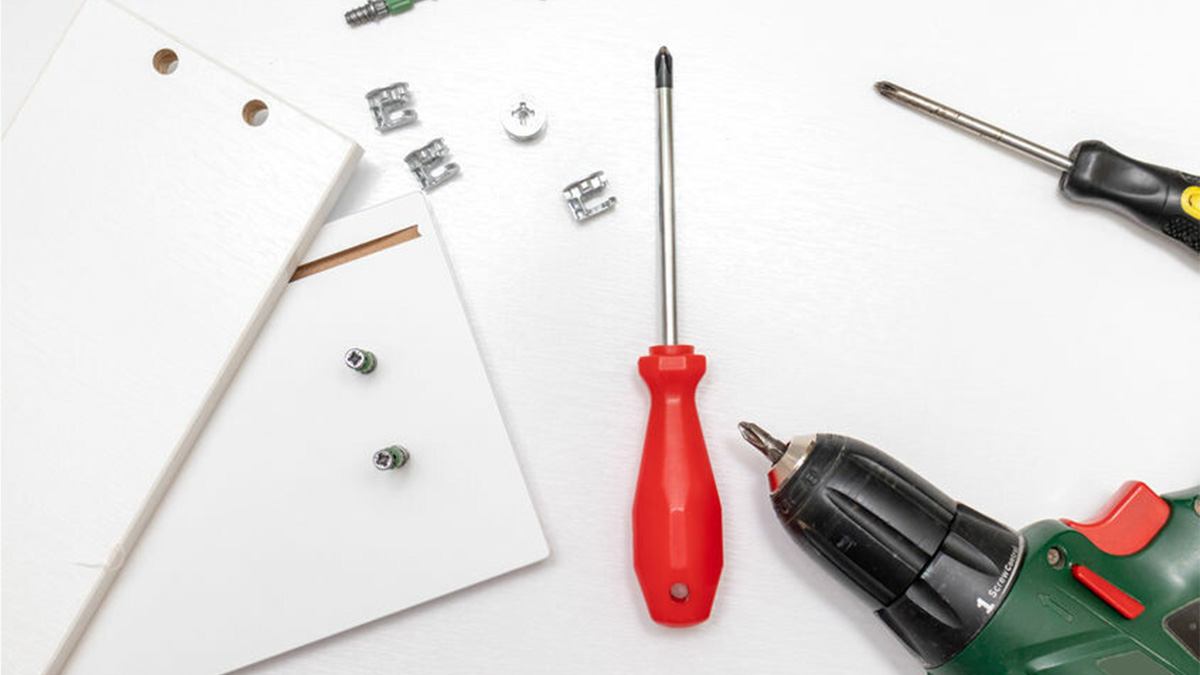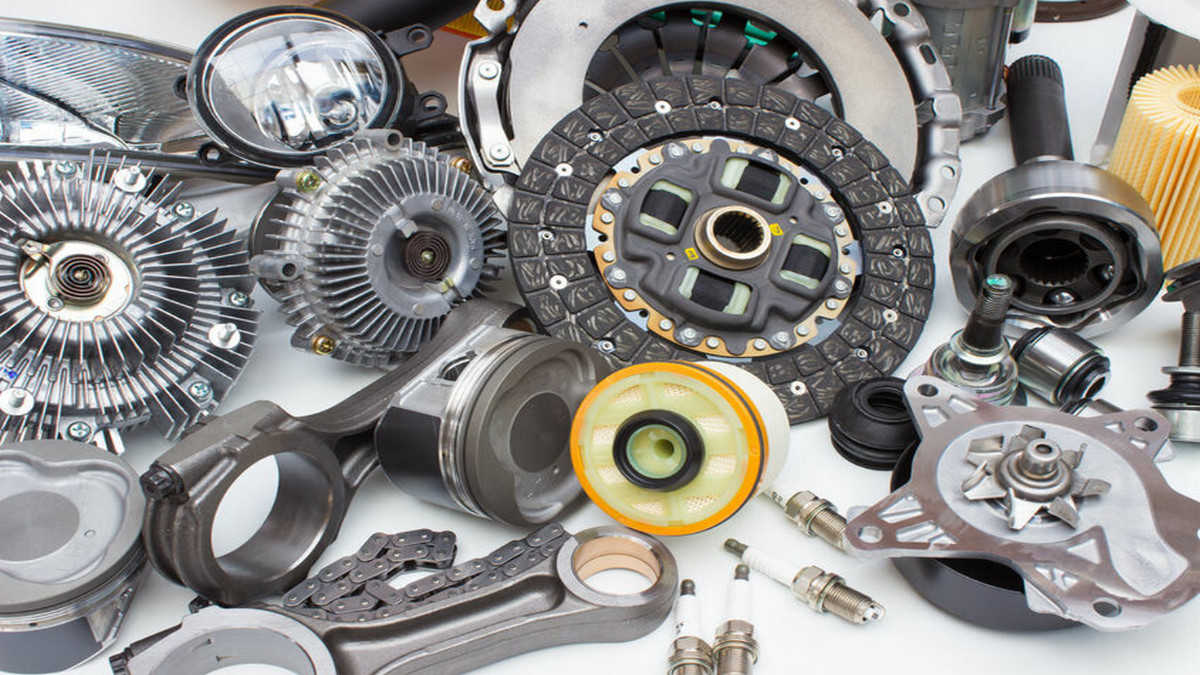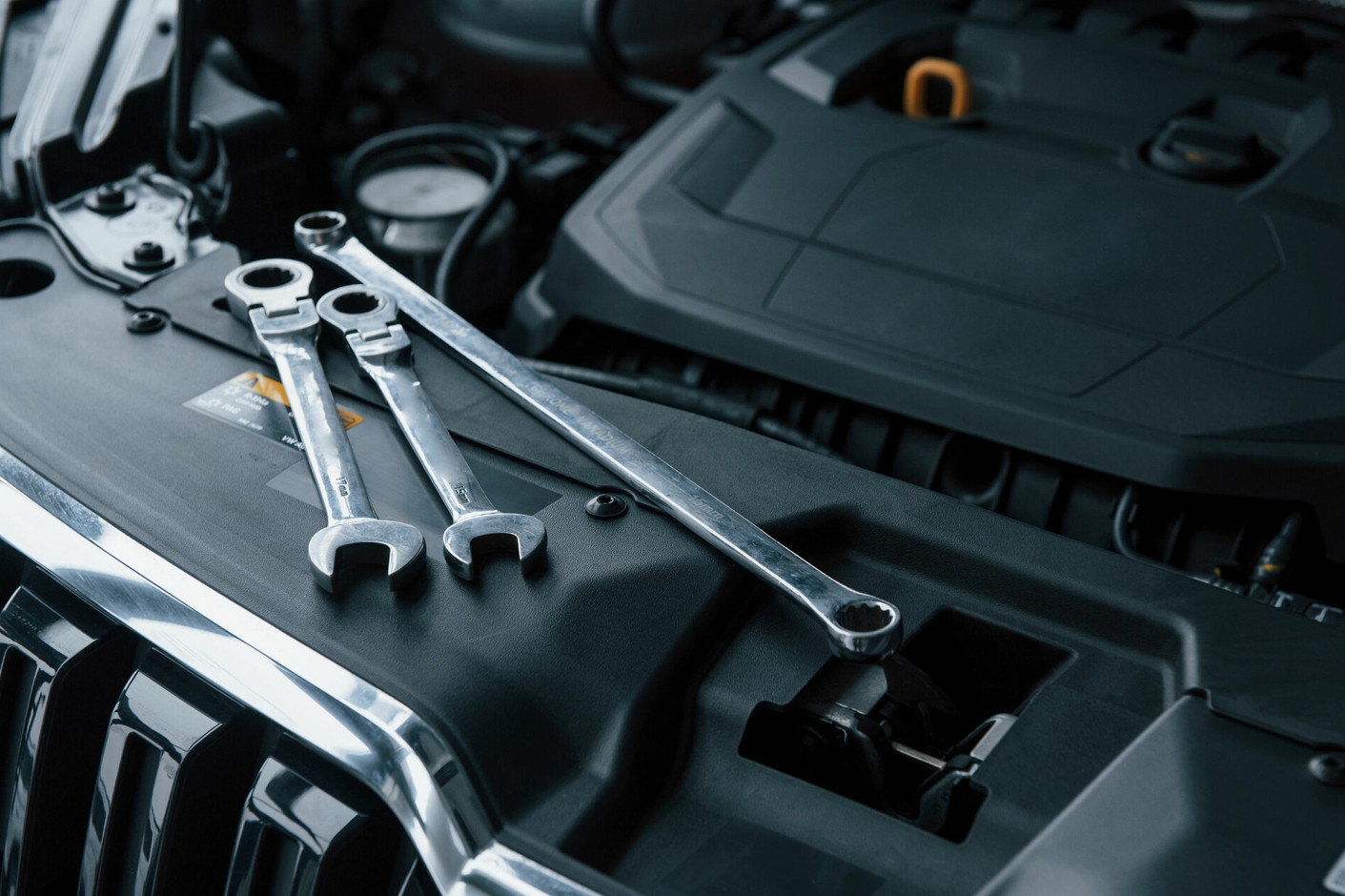Over the past twenty years, Taiwan has developed a vibrant and deeply rooted coffee culture. As local demand for premium coffee rises, Taiwan has rapidly adopted many innovative coffee brewing methods. Although the country’s espresso machine manufacturing industry is relatively young, it holds promising potential to support and grow alongside this flourishing coffee scene.
History of Espresso Coffee Makers
Espresso coffee makers are an iconic symbol of café culture in households and commercial settings worldwide. These machines, which produce the intense, richly flavored beverage we call espresso, have a history that is continuing to evolve with technological advancements.
Early Beginnings (Late 19th Century): The roots of espresso trace back to 1884 when Angelo Moriondo of Turin, Italy, patented a machine designed to prepare coffee quickly to serve large gatherings. This invention laid the groundwork for the pressure-based brewing technology that defines espresso machines today.
Technological Evolution (20th Century): Luigi Bezzera and Desiderio Pavoni refined espresso technology in the early 20th century, focusing on developing machines for commercial use. Their innovations included a steam-driven system and manual levers to control pressure, which allowed baristas to extract shots more efficiently. By the 1940s and ’50s, Italian brands such as Gaggia and La Marzocco introduced machines that used electric pumps instead of steam, revolutionizing the espresso world.
Modern Espresso Machines (Post-1960s): The rise of semi-automatic and fully automatic machines enabled greater consistency and convenience in both commercial and home settings. This era also saw the emergence of espresso machines outside Italy, with companies worldwide creating innovative designs to meet the growing demand.
Technology Behind Espresso Coffee Makers
Pressure and Temperature Control: The hallmark of a true espresso lies in the precise application of pressure (typically 9 bars) and stable temperature (around 90°C). These factors are essential for creating the bold, concentrated flavor profile that espresso drinkers love.
Pump Mechanisms: Espresso machines primarily use rotary or vibratory pumps. Rotary pumps are often favored in commercial machines for their durability and consistent pressure, while vibratory pumps, found in home machines, offer a more compact design.
Boiler Systems: Single-boiler, heat-exchanger, and dual-boiler configurations each have their own advantages. Single boilers are simple but require downtime between brewing and steaming. Heat-exchanger boilers provide simultaneous brewing and steaming capabilities, while dual boilers, found in high-end machines, allow precise temperature control for both functions.
Digital Innovations: Modern espresso machines often feature digital temperature controls (PIDs) and programmable pre-infusion settings, allowing baristas to customize each shot to achieve the perfect extraction.
How Espresso Coffee Makers Work
The espresso-making process involves several steps, each contributing to the quality of the shot. After grinding coffee beans to a fine consistency, the grounds are tamped evenly in a portafilter. The machine then forces hot water through the coffee grounds at high pressure, extracting flavors, oils, and aromatic compounds to create the distinctively rich espresso shot.
Espresso machines incorporate design elements such as steam wands for frothing milk, pressure gauges to monitor extraction, and portafilters to hold the coffee grounds—all of which give baristas precise control over their brew.
Types of Espresso Coffee Makers
Espresso coffee makers come in various types, each catering to different needs and preferences:
Manual Machines: These machines appeal to purists who want full control over every step of the extraction process. However, they require skill and patience to master.
Semi-Automatic Machines: A popular choice for commercial settings, semi-automatics allow baristas to control the shot duration while automating water pressure. They balance manual control with ease of use.
Automatic Machines: Often found in high-volume cafes, automatic machines are programmed to stop extraction at a set time, ensuring consistency across multiple drinks.
Super-Automatic Machines: These fully automated machines handle grinding, tamping, and extraction, making them convenient for home users but limiting customization.
Portable Espresso Makers: Compact and versatile, portable espresso makers are perfect for travel or outdoor settings, allowing users to enjoy espresso on the go.
Manufacturing of Espresso Coffee Makers in Taiwan
Manufacturing espresso machines requires attention to detail and adherence to strict quality standards to ensure durability and performance. Italy continues to be revered for its quality and craftsmanship in espresso machine production. However, other nations, including Taiwan, have begun to carve out niches in component manufacturing and design.
Taiwanese manufacturers are adopting advanced technologies, including digital controls and energy-efficient designs, to meet the demands of global markets while maintaining competitive pricing.
KLüb Technology Corporation has been involved in the espresso machine market since 1993, initially importing machines and later manufacturing them. They transitioned from a trading company to a manufacturer in 1999, becoming the first in Asia to produce commercial espresso machines.
RiConn Precision Technology Co., Ltd is known for producing a variety of coffee machines, including espresso machines, under the brand name GEE. They offer a range of models with different features to cater to both commercial and home use.
Many companies in Taiwan also operate as original equipment manufacturers (OEMs), producing high-end espresso machines under license for renowned brands. Gino Creation Co., Ltd.: Established in 2004, specializes in the production of semi-automatic professional espresso coffee machines.
Current Trends
Smart technology, such as IoT-enabled devices, is likely to continue growing, making espresso machines even more intuitive and personalized. Additionally, as energy efficiency becomes increasingly important, manufacturers are likely to prioritize sustainable designs. With a blend of tradition, innovation, smart technology integration, and quality manufacturing, Taiwan is poised to become a significant player in the next evolution of espresso technology.














